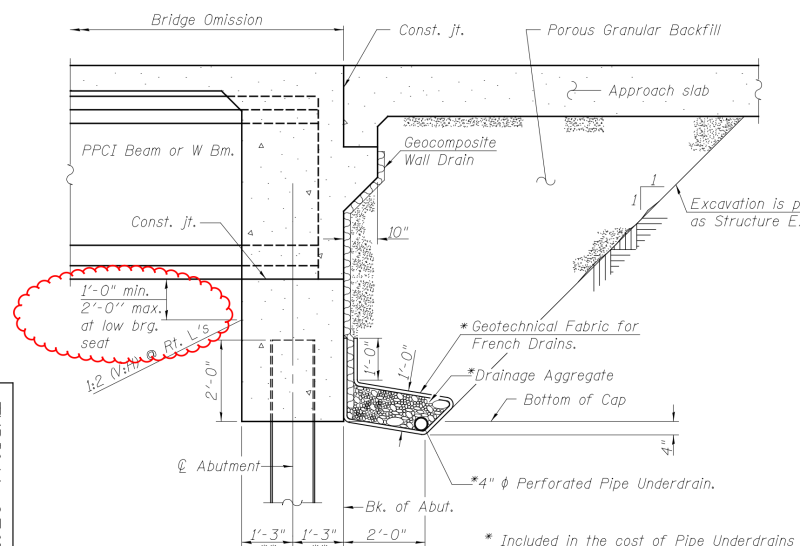RFreund
Structural
- Aug 14, 2010
- 1,885
This might vary by DOT but -
In general can partial depth abutments be integral abutments or are stub abutments only allowed to be used for integral abutments?
Thanks!
EIT
In general can partial depth abutments be integral abutments or are stub abutments only allowed to be used for integral abutments?
Thanks!
EIT

